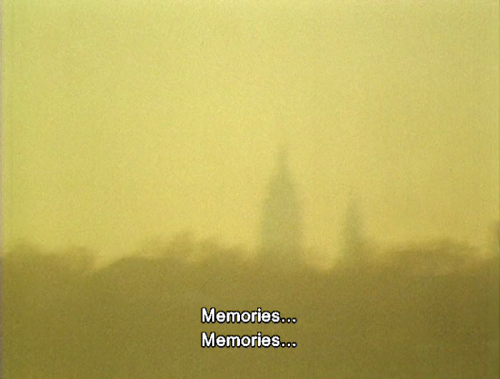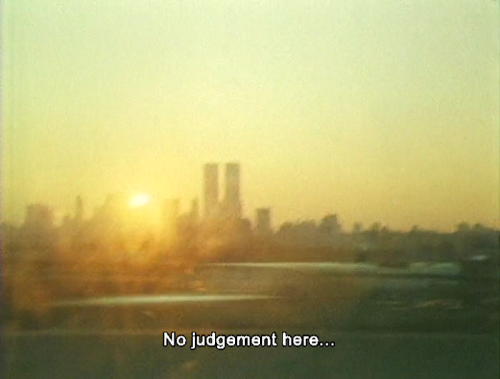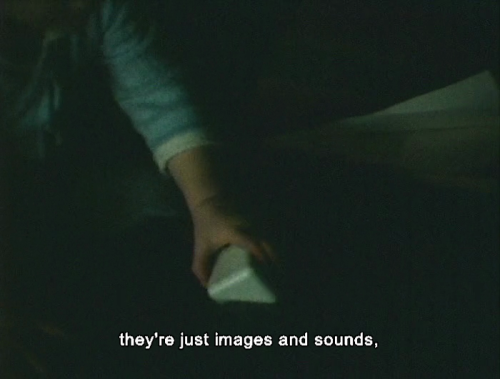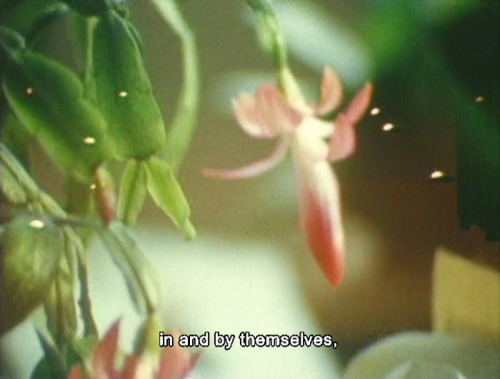Class In Session As Planet X Starts It Off With Our Favorite Dense Objects:






Class in session as Planet X starts it off with our favorite dense objects:
Neutron Stars!
http://www.space.com/22180-neutron-stars.html
More Posts from Theidlerhour and Others

This is what happens when Two Black Holes Collide.
This is the animation of the final stages of a merger between two black holes. What is particularly interesting about this animation is that it highlights a phenomenon known as Gravitational Lensing.
What is Gravitational Lensing?
Mass bends Light. What?
Yeah, mass can bend Light. The gravitational field of a really massive object is super strong. And this causes light rays passing close to that object to be bent and refocused somewhere else.

The more massive the object, the stronger its gravitational field and hence the greater the bending of light rays - just like using denser materials to make optical lenses results in a greater amount of refraction.
Here’s an animation showing a black hole going past a background galaxy.

This effect is one of the predictions of Einstein’s Theory of General Relativity
PC: cfhtlens, Urbane Legend
We don’t want to conquer space at all. We want to expand Earth endlessly. We don’t want other worlds; we want a mirror. We seek contact and will never achieve it. We are in the foolish position of a man striving for a goal he fears and doesn’t want. Man needs man!
Solaris (1972), Andrei Tarkovsky (via giveintosin)









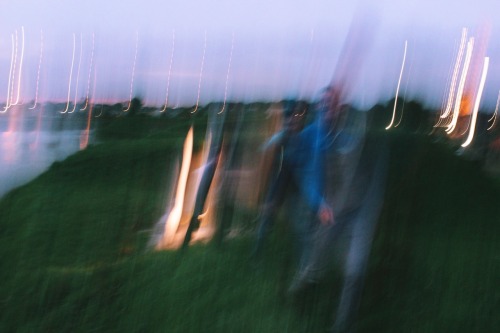
I was laughing so hard that’s why it’s so blurry, but I still kind of like it? I miss these guys and our late night adventures.
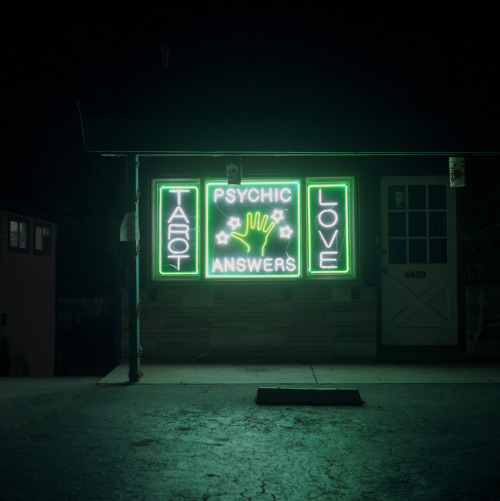




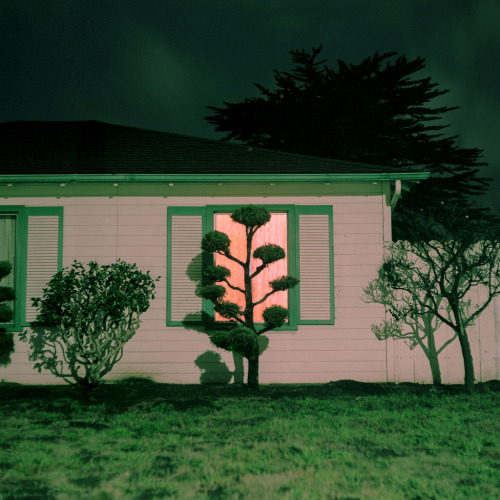
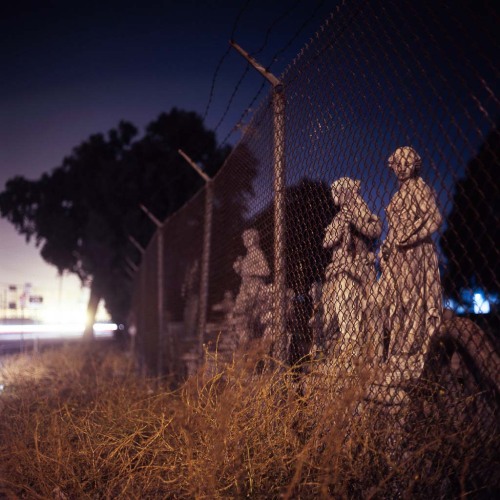
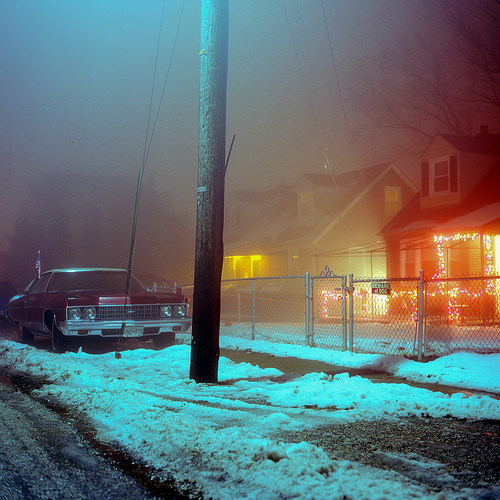
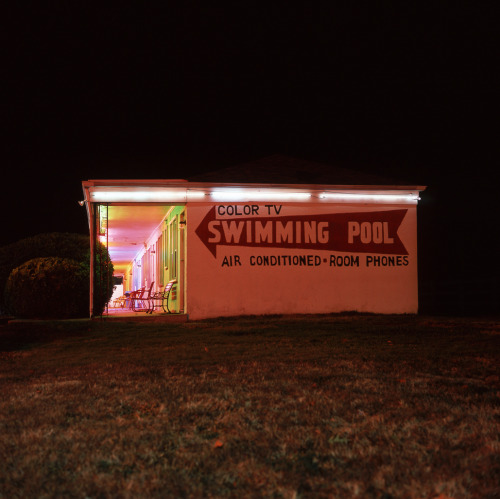
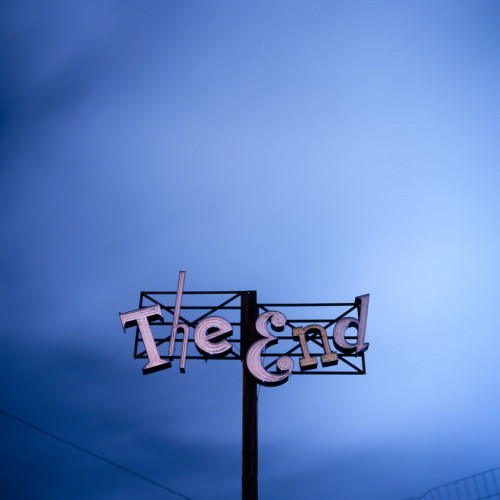
Sometimes I want to go up to the people who insist that feminism and progressive values are Ruining Science Fiction and remind them that their genre exists because a teenaged girl was stuck at a house party and decided that inventing science fiction sounded more appealing than yet another tiresome threesome with Lord Byron.




Muharram 2014/1436 karbala, Iraq
If Earth had Saturn’s Rings
From an excellent post by Jason Davis
From Washington, D.C., the rings would only fill a portion of the sky, but appear striking nonetheless. Here, we see them at sunrise.

From Guatemala, only 14 degrees above the equator, the rings would begin to stretch across the horizon. Their reflected light would make the moon much brighter.

From Earth’s equator, Saturn’s rings would be viewed edge-on, appearing as a thin, bright line bisecting the sky.

At the March and September equinoxes, the Sun would be positioned directly over the rings, casting a dramatic shadow at the equator.

At midnight at the Tropic of Capricorn, which sits at 23 degrees south latitude, the Earth casts a shadow over the middle of the rings, while the outer portions remain lit.

via x
-
 myfaceisapotato liked this · 2 years ago
myfaceisapotato liked this · 2 years ago -
 ncdoppalapudi liked this · 3 years ago
ncdoppalapudi liked this · 3 years ago -
 mariganath reblogged this · 3 years ago
mariganath reblogged this · 3 years ago -
 potato-admires-art reblogged this · 3 years ago
potato-admires-art reblogged this · 3 years ago -
 belladonna4u liked this · 3 years ago
belladonna4u liked this · 3 years ago -
 mildred-meadowlark reblogged this · 3 years ago
mildred-meadowlark reblogged this · 3 years ago -
 itslunasapprentice liked this · 3 years ago
itslunasapprentice liked this · 3 years ago -
 artinwood54 liked this · 3 years ago
artinwood54 liked this · 3 years ago -
 raythen-nightsong reblogged this · 3 years ago
raythen-nightsong reblogged this · 3 years ago -
 blynn-safespace reblogged this · 3 years ago
blynn-safespace reblogged this · 3 years ago -
 steelshard liked this · 3 years ago
steelshard liked this · 3 years ago -
 antipelargy reblogged this · 3 years ago
antipelargy reblogged this · 3 years ago -
 itsapunnyday reblogged this · 3 years ago
itsapunnyday reblogged this · 3 years ago -
 supercomputer276 reblogged this · 3 years ago
supercomputer276 reblogged this · 3 years ago -
 fu3g0n3gr0 reblogged this · 3 years ago
fu3g0n3gr0 reblogged this · 3 years ago -
 cirrus-tempestas reblogged this · 3 years ago
cirrus-tempestas reblogged this · 3 years ago -
 skcirthinq liked this · 3 years ago
skcirthinq liked this · 3 years ago -
 yueci reblogged this · 3 years ago
yueci reblogged this · 3 years ago -
 yueci liked this · 3 years ago
yueci liked this · 3 years ago -
 mariganath liked this · 3 years ago
mariganath liked this · 3 years ago -
 ciudadanodin reblogged this · 3 years ago
ciudadanodin reblogged this · 3 years ago -
 ciudadanodin liked this · 3 years ago
ciudadanodin liked this · 3 years ago -
 hypergnome liked this · 3 years ago
hypergnome liked this · 3 years ago -
 yellowfoot-06 reblogged this · 3 years ago
yellowfoot-06 reblogged this · 3 years ago -
 yellowfoot-06 liked this · 3 years ago
yellowfoot-06 liked this · 3 years ago -
 zerosocialskillz reblogged this · 3 years ago
zerosocialskillz reblogged this · 3 years ago -
 zerosocialskillz liked this · 3 years ago
zerosocialskillz liked this · 3 years ago -
 fun-with-colors reblogged this · 3 years ago
fun-with-colors reblogged this · 3 years ago -
 smalllonelyegg reblogged this · 3 years ago
smalllonelyegg reblogged this · 3 years ago -
 insomniacoon liked this · 3 years ago
insomniacoon liked this · 3 years ago -
 smalllonelyegg liked this · 3 years ago
smalllonelyegg liked this · 3 years ago -
 valigarmander liked this · 3 years ago
valigarmander liked this · 3 years ago -
 justanothervirus reblogged this · 3 years ago
justanothervirus reblogged this · 3 years ago -
 unearthly-but-still-thinking reblogged this · 3 years ago
unearthly-but-still-thinking reblogged this · 3 years ago -
 wonderbon reblogged this · 3 years ago
wonderbon reblogged this · 3 years ago -
 wonderbon liked this · 3 years ago
wonderbon liked this · 3 years ago -
 bongus777 liked this · 3 years ago
bongus777 liked this · 3 years ago -
 ethylsilver reblogged this · 3 years ago
ethylsilver reblogged this · 3 years ago -
 ethylsilver liked this · 3 years ago
ethylsilver liked this · 3 years ago -
 slightlyemoelephant liked this · 3 years ago
slightlyemoelephant liked this · 3 years ago -
 argonraptor liked this · 3 years ago
argonraptor liked this · 3 years ago -
 donutveins liked this · 3 years ago
donutveins liked this · 3 years ago -
 shinyyellowsunshines reblogged this · 3 years ago
shinyyellowsunshines reblogged this · 3 years ago -
 drearydaffodil liked this · 3 years ago
drearydaffodil liked this · 3 years ago -
 monterrang-parkin reblogged this · 3 years ago
monterrang-parkin reblogged this · 3 years ago -
 thomastanker02 reblogged this · 3 years ago
thomastanker02 reblogged this · 3 years ago
"To awaken my spirit through hard work and dedicate my life to knowledge... What do you seek?"
229 posts
